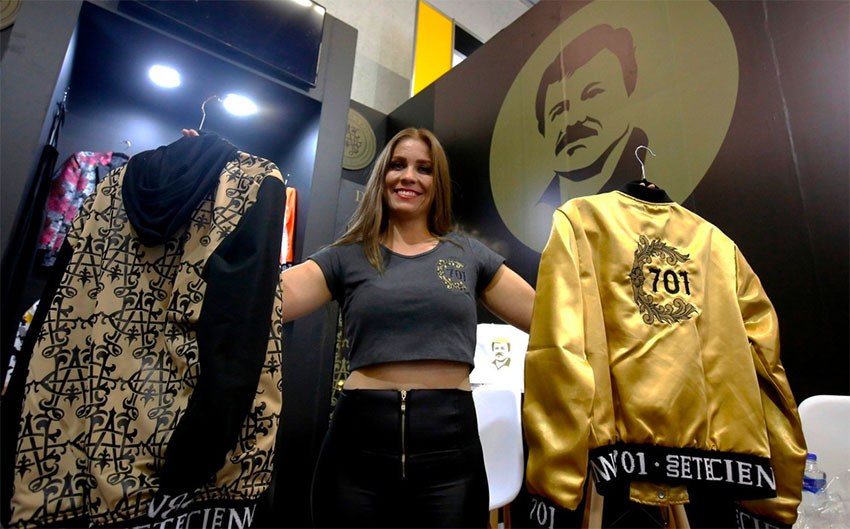The goal is to graduate 85,000 students with a high level of ability in English
by the El Reportero’s wire services
Educational institutions in the United States have partnered with the state of Baja California in a project whose goal is to raise the standard of English-language education.
The Inter-American Partnership for Education (IAPE) will team up with the University of California San Diego and the Baja California Education Secretariat to train public school teachers through a method initially designed for the U.S. Peace Corps.
The initiative will introduce a seal of biliteracy that will be awarded to graduating students in recognition of a high level of English-language ability.
The IAPE, a partnership between the Rassias Center for World Languages and Cultures at Dartmouth College in New Hampshire and Educando by Worldfund, has operated English-language education programs in Mexico since 2007.
The IAPE was selected to implement the teacher training, which began in December with 32 Baja California middle school teachers.
The partnership seeks to support 340 teachers during the next two years and award the biliteracy seal to 85,000 students. IAPE director Jim Citron said that English-language ability is important in Baja California.
“Baja California is located directly south of the California border and over 50,000 out of the state’s 700,000 students in public elementary and middle schools were born in the U.S. By providing tools for English teachers to include and empower English-speaking students as leaders in the classroom, the project is building bridges across cultures and providing opportunities for advancement for all students.”
According to project organizers, Mexican professionals with English-language skills earn on average 28 percent to 50 percent more.
The partnership aims to address the findings of a 2015 study by the education advocacy organization Mexicanos Primero that 97 percent of middle school students do not achieve the English proficiency level established by the Secretariat of Public Education by the time they graduate.
El Chapo brand clothing debuts at Guadalajara fashion show
Brand representatives say that proceeds from sales will support inmate rehabilitation and addictions treatment
A new fashion brand was relegated to a cramped four-square-meter corner at the Intermoda fashion show in Guadalajara this week, but it still managed to be one of the event’s biggest attractions.
The “El Chapo 701” brand drew many curious shoppers with a huge printed image of its namesake, convicted drug trafficker Joaquín Guzmán, and a line of clothing inspired by him.
According to lawyer Gilberto de Anda, El Chapo 701 is owned by Alejandrina Guzmán Salazar, the daughter of the former head of the Sinaloa Cartel and his first wife María Alejandrina Salazar Hernández.
However, Emma Coronel, Guzmán’s current wife, introduced last week a line of El Chapo clothing and accessories, also using the 701 brand name. She announced in March that Guzmán had signed over the rights to his name.
Some of the products on display this week in Guadalajara were made by prison inmates, and proceeds from sales will go to supporting people in need and the reintegration of inmates into society, de Anda said.
Sales representative Adriana Ituarte told the newspaper Publímetro that some of the proceeds from online sales will go towards supporting an addictions treatment association founded by Alejandrina Guzmán.
The El Chapo 701 catalog includes around 20 items of varying prices, most bearing the 701 brand, which refers to El Chapo’s place on the Forbes list of the richest people in the world in 2009.
The cheapest items are shirts for 701 pesos (US $35), while some jackets and belts are as much as 1,900 pesos.
One of the stand-out pieces from the collection is a line of “piteado” belts, a traditional style of embroidery with thread made from agave plants on leather.
The belts are made by prisoners at the maximum-security Puente Grande prison in Jalisco, from which Guzmán escaped in a laundry cart in 2001.



